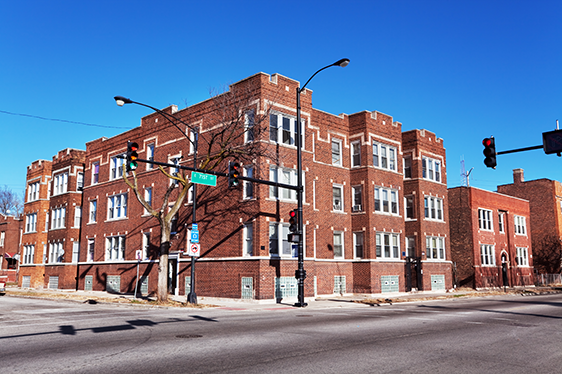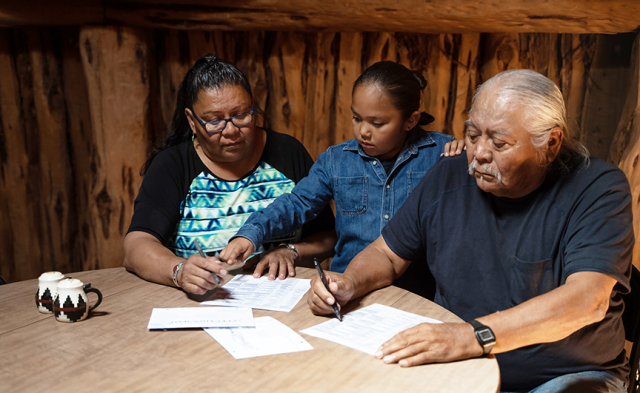
Cell, Internet Subsidy Helps Low-Income Workers, Retirees
It is virtually impossible to function in the modern world without a computer or cell phone and broadband.
But paying the monthly cell or cable bill can be a stretch for low-income workers and retirees. Congress recognized the importance of having access to the Internet during COVID’s months-long isolation, passing a $1.4 billion program to subsidize broadband. That program, which is run by the FCC, is running out of money.
But a more modest federal program in existence since the 1980s, Lifeline, is still in operation.
Lifeline subsidizes up to $9.25 per month for cell or Internet service. This is one-third the size of the COVID subsidy that’s expiring. But every little bit helps.
Three groups are eligible. Workers and retirees qualify if their income is below 135 percent of the federal poverty level. The earnings cap for a single worker’s subsidy is about $20,000. Individuals are also eligible if they participate in one of four programs: SNAP food stamps, Medicaid health insurance, federal housing assistance, and veterans’ pensions.
A third group that can get a larger subsidy – up to $34.25 per month – is Native Americans participating in tribal programs or living on tribal lands.
Jen Teague, associate director of health coverage and benefits at the National Council on Aging, stressed the importance of access to technology for seniors, who often become isolated as they age.
Technology keeps them connected to family and to services that are crucial to their mental and physical health. For example, physicians increasingly use telehealth appointments to increase the number of patients they can see in a day. Benefits like Medicaid and SNAP can also be renewed online, and it may be necessary to call to iron out a problem with an application.
Individuals who do not already have a cell phone or broadband can apply here for the subsidy. Once approved, Teague said they are responsible for buying a phone or subscribing to a cable company to set up the service.
People who already have cell phone service or broadband might be able to defray their existing service. The cable company Xfinity does not participate. But some major phone carriers, including Verizon and T Mobile, do. First, applicants must fill out the government form. Once they are approved for the benefit, they contact the service provider to collect the subsidy.
Technology, Teague said, ensures that people “can reach out to the broader community and the world at large.”
Squared Away writer Kim Blanton invites you to follow us @SquaredAwayBC on X, formerly known as Twitter. To stay current on our blog, join our free email list. You’ll receive just one email each week – with links to the two new posts for that week – when you sign up here. This blog is supported by the Center for Retirement Research at Boston College.
Comments are closed.







This paper is missing the point. Cell and internet coverage is an order of magnitude more expensive in the US than in Europe because the FTC was asleep at the wheel. At European prices, everyone could afford coverage.